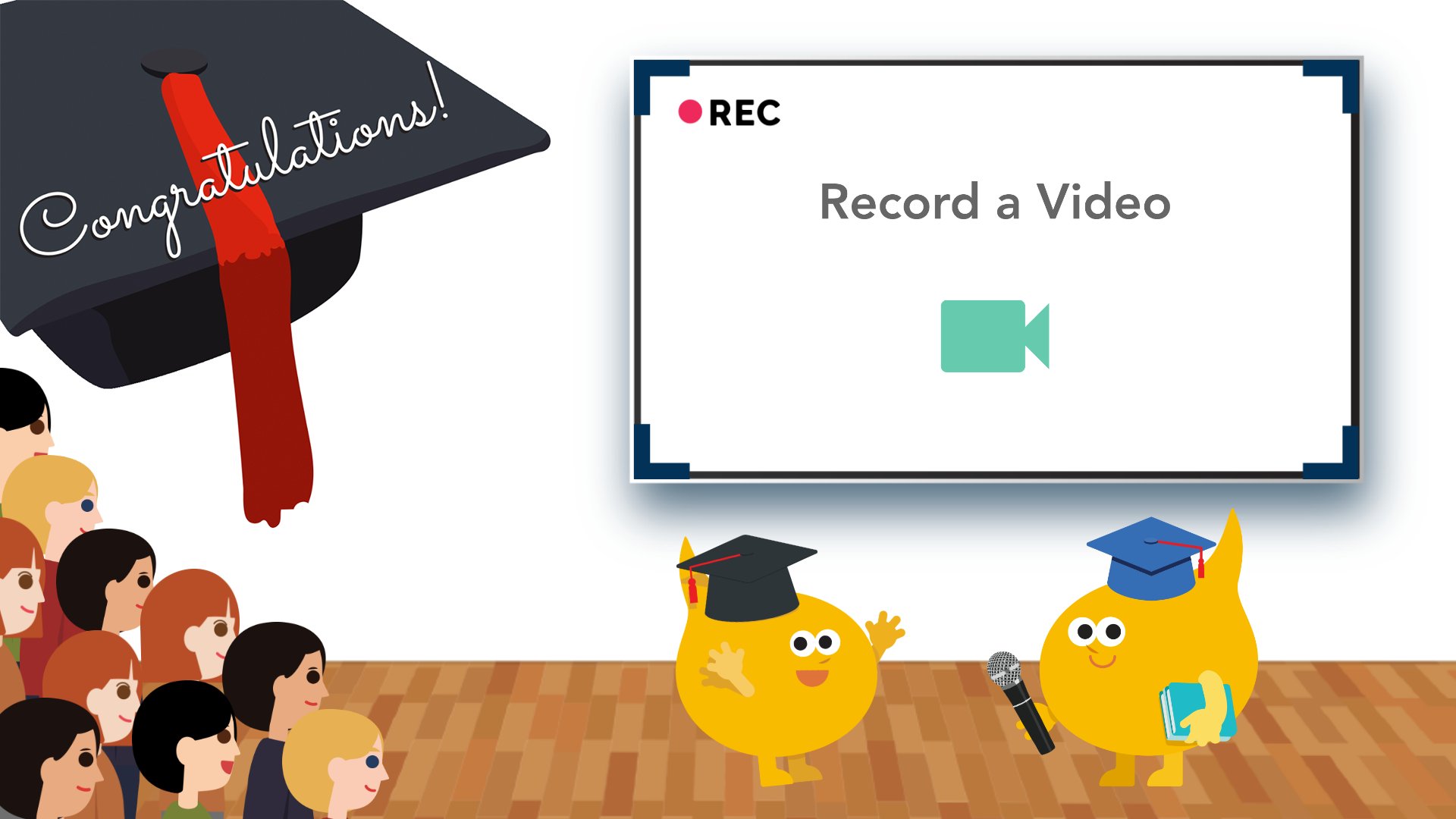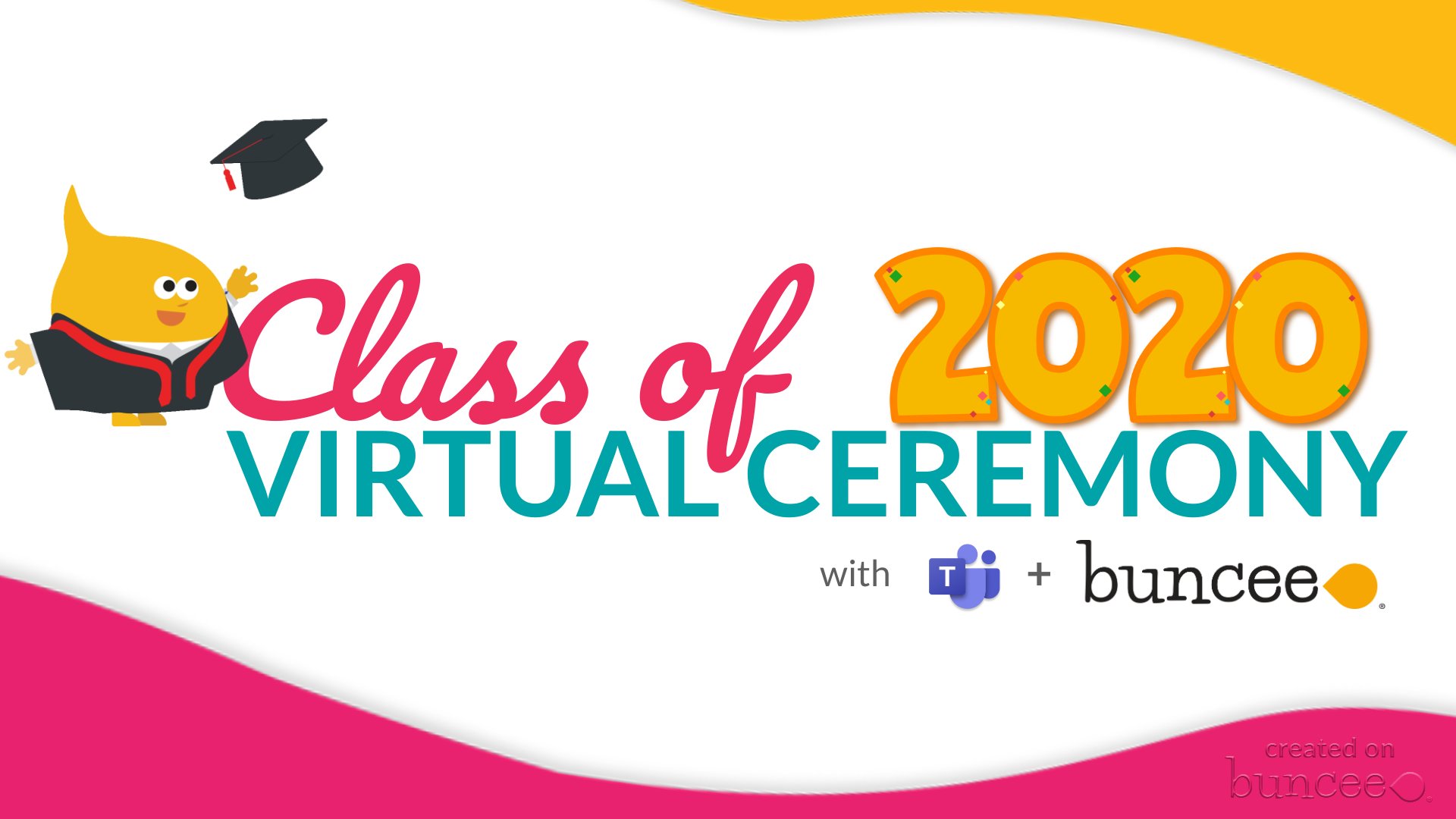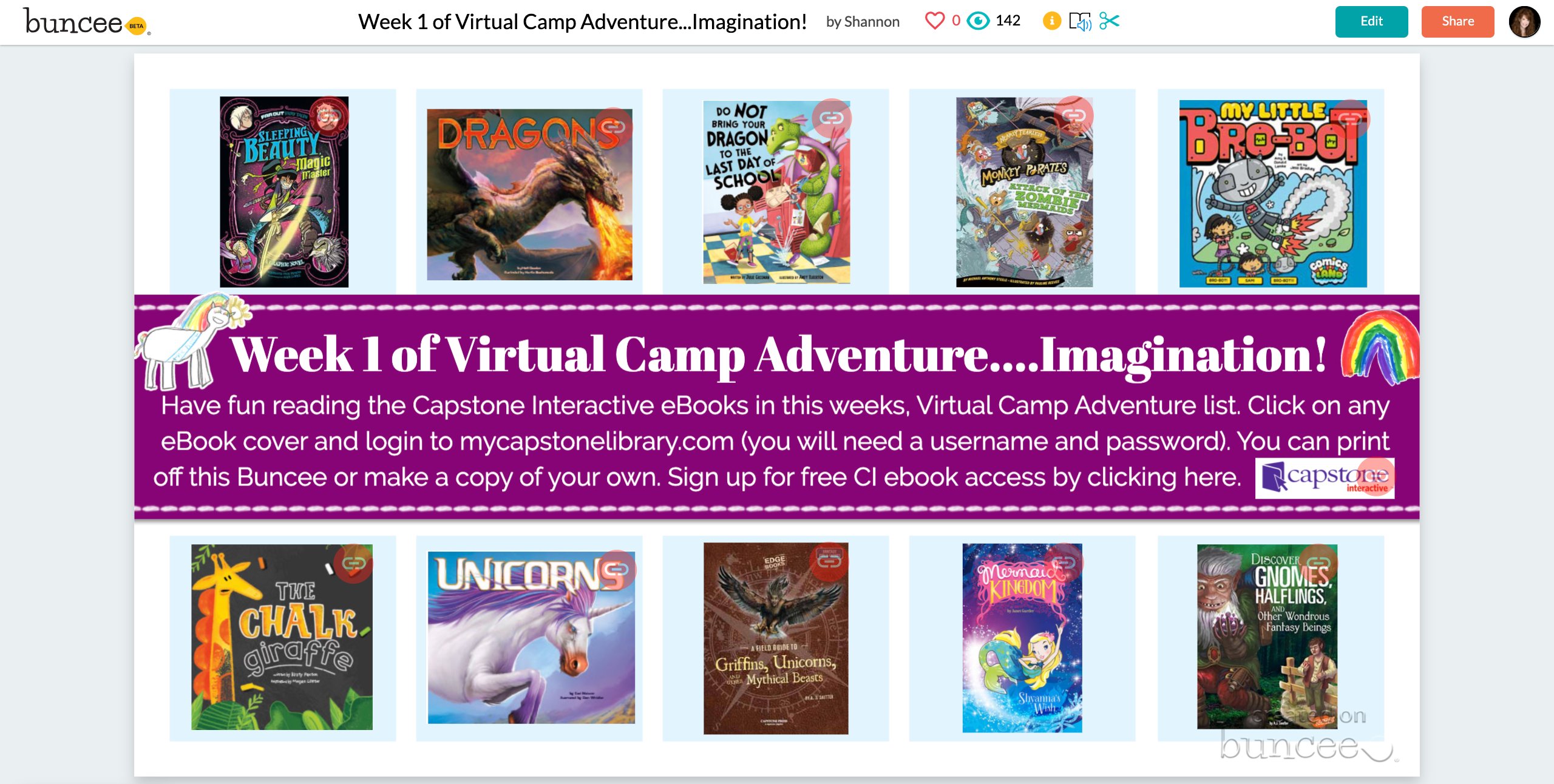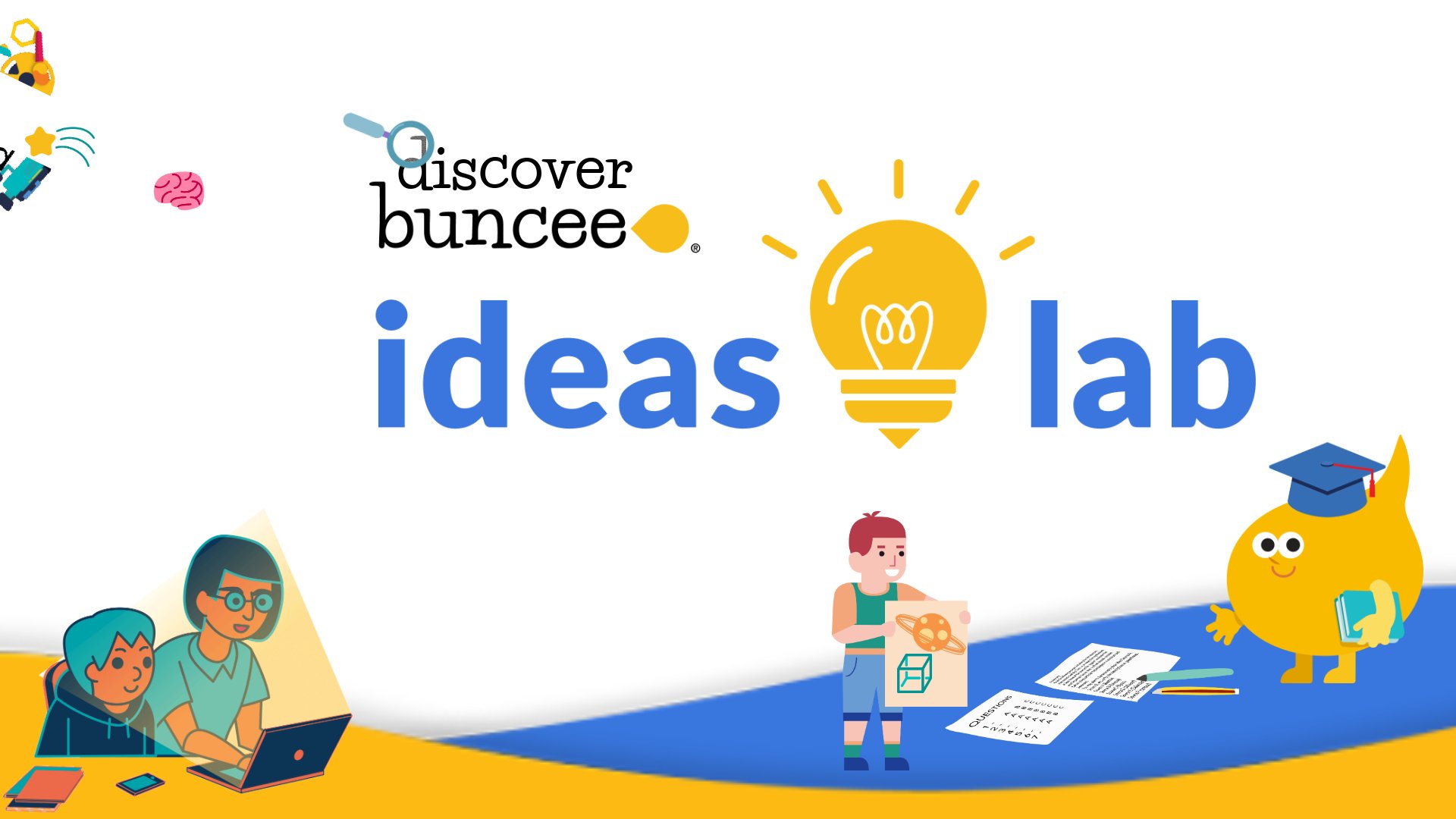Communication and Collaboration: Podcasts for Empowering Student Voice
There’s no shortage of digital tools available for use in classrooms today. No matter what category of tool you are looking for, there are so many options to choose from. While this is great to have so many choices, at the same time it can be challenging to filter through them to find exactly what you’re looking for. Fortunately many of these tools offer multiple uses, beyond the traditional purpose for which they were created. Sometimes it comes down to being innovative and creative and trying some of the tools yourself, and possibly even asking students for their ideas. We always need to be purposeful when choosing technology for our students. Think first about the “why” behind wanting to include a new tool into your class. What will it enable the students to do differently and how will it promote student learning?
One area that I like to focus on each year is finding new ways to build communication and collaboration skills with students. Using different digital tools has has led to more authentic and meaningful ways for students to learn, more ways to share their ideas, and in some cases, has served as a catalyst for increasing student engagement and empowering student voice. With the new tool Synth, we can create more opportunities for students to share their learning using a platform that goes beyond a simple podcasting tool. And it is a free service for teachers to use!
Communication is key
I have long been a fan of the tool Flipgrid. After finding it a few years ago, it quickly became one of our favorites for sharing ideas, doing Spanish speaking assessments and even for reflecting on progress with project based learning. It was also used for students to give me feedback about our class and share their ideas for what we could learn about. The best part about using Flipgrid was how it positively impacted students in my classroom. I had students who rarely spoke up in class, sometimes afraid of being wrong and others just not feeling comfortable speaking in front of their peers. I noticed almost immediately that students felt much more comfortable and built their confidence as they used it more frequently. When they became more comfortable speaking using Flipgrid, the confidence that they developed transferred over into our physical classroom space as well. We have an even better way to communicate and keep building on the conversations that we’re having in the classroom as well as out of the classroom. Everyone can be involved in the discussion on their own schedule.
We hear a lot about student choice and student voice and wanting students to develop confidence when sharing their ideas and learning to interact in both the physical and the virtual learning spaces. Students who may be shy, and less likely to speak out in class, somehow developed a comfort to share their ideas when using one of these voice or video response type tools. There’s something to be said for being able to offer a simple tool, that leads to such positive and more personalized learning experiences for students.
There never seems to be enough time in the class to involve all students in the discussions or to even cover everything that we want to. Sometimes we have to stop a great discussion because the bell rings, and have to wait until the next day. This is where Flipgrid really stands out. It enables educators to open up more time for students to share their thoughts and to work independently beyond the school day. One of the best features is that you can listen wherever you are, and whenever it is most convenient for your schedule. Learning on the go!
Let’s get them talking, thinking and learning from one another
Another tool that I love using in the classroom is Synth. There are so many ways that Synth can help students and teachers. Think about some lessons that you teach where students would benefit from additional instruction to listen to at their convenience. You can create a series of Synths which give students a different explanation or offer some tips for students to follow as they are completing an assignment or working on a project. Create one for each topic and then continue to add more depending on the questions that you receive, it’s a great way to have an interactive discussion that everyone can listen to.
How about having students share an idea or teach something by creating their own Synth. This can be a great way for students to collaborate and brainstorm ideas for a topic for independent study. They could ask their peers to respond to their Synth and brainstorm ideas together. A great way to help students feel more comfortable talking through technology that will lead to more comfort in the classroom as well.
How great would it be to have your own class podcast? Where there’s not only one person leading the podcast and interviewing guests, but rather the whole class can be involved. Why not create a podcast that can be shared within and beyond the school? Set up interviews with different student groups or teachers and share the story of what’s going on in your classroom and the school community.
Synth is powerful for sharing student voice, for generating new ideas and really helping students to learn in a more authentic and meaningful way. And it is so easy to get started, I was able to create a podcast within minutes. It evens generates a transcript of your Synth.
If you are looking for an idea to use with your students, then explore Synth. Enjoy listening to the responses wherever you are and on your own schedule.
**Interested in writing a guest blog for my site? Would love to share your ideas! Submit your post here.
Looking for a new book to read? Many stories from educators, two student chapters, and a student-designed cover for In Other Words.
Find these available at bit.ly/Pothbooks




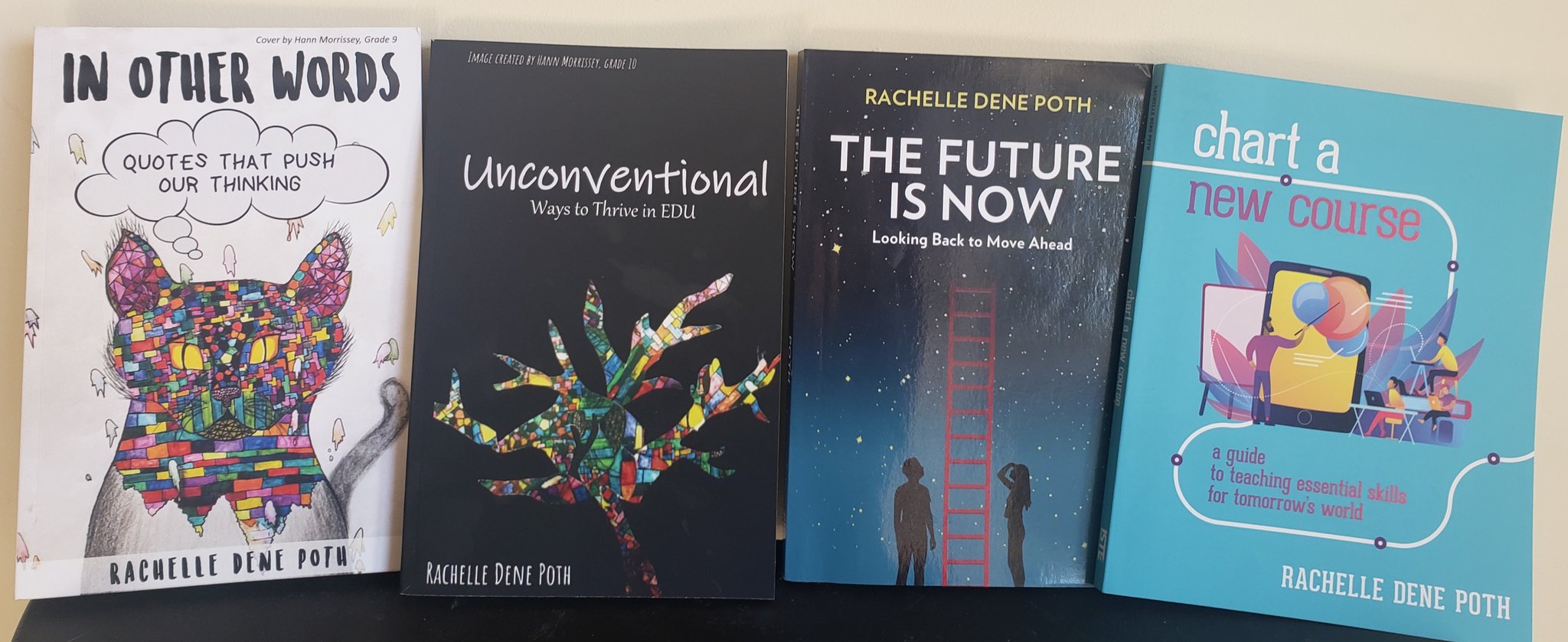













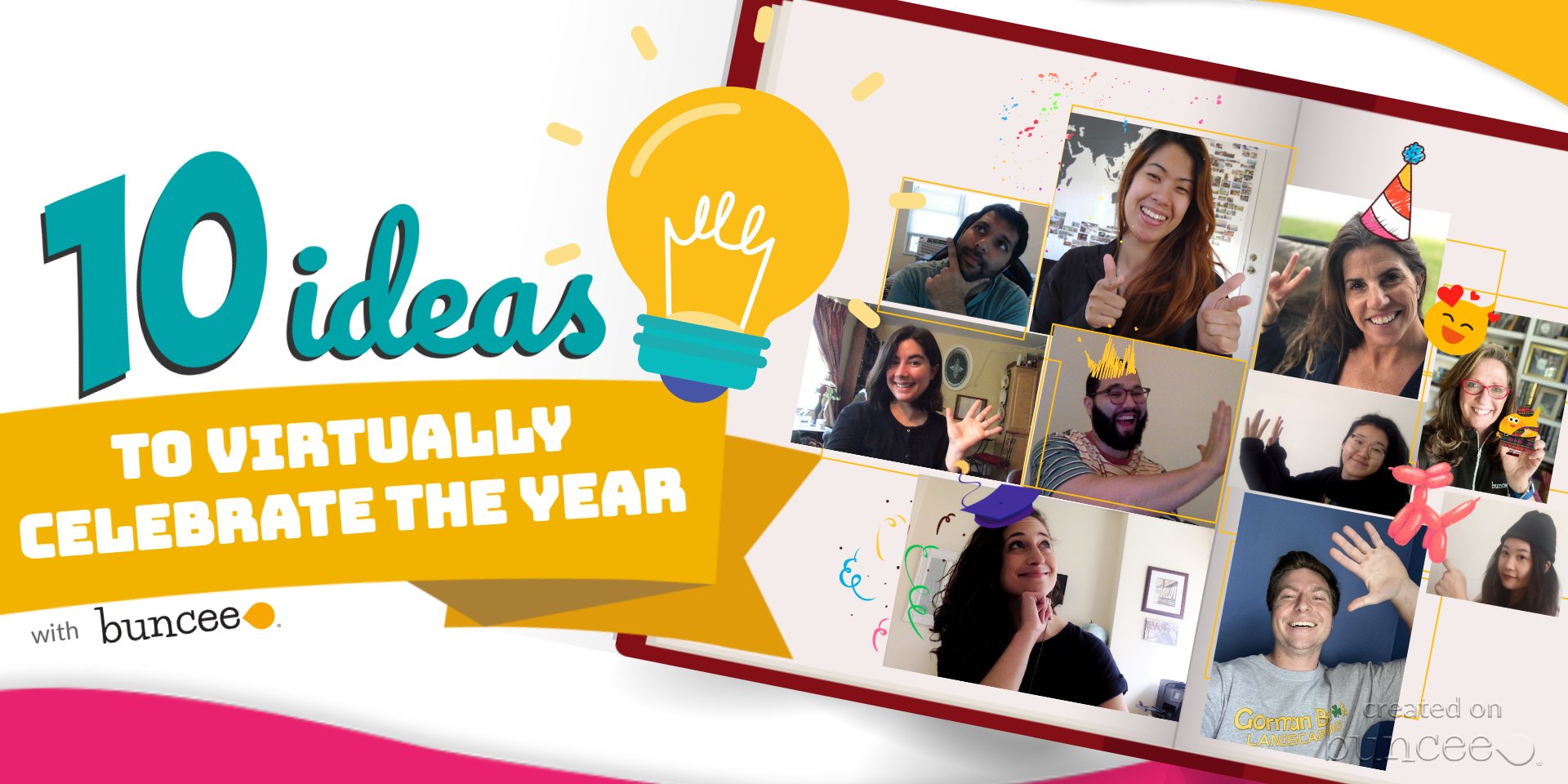


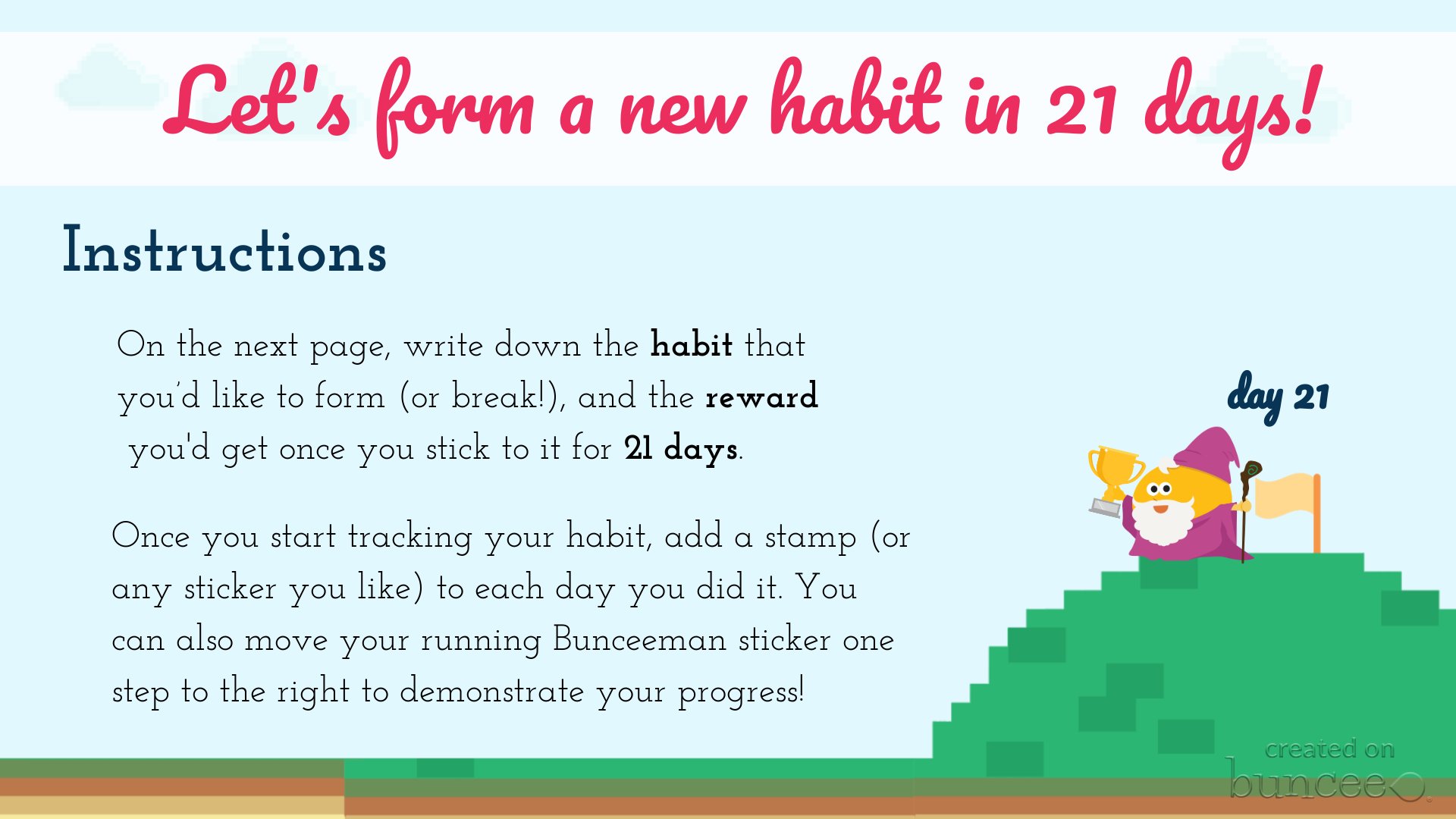


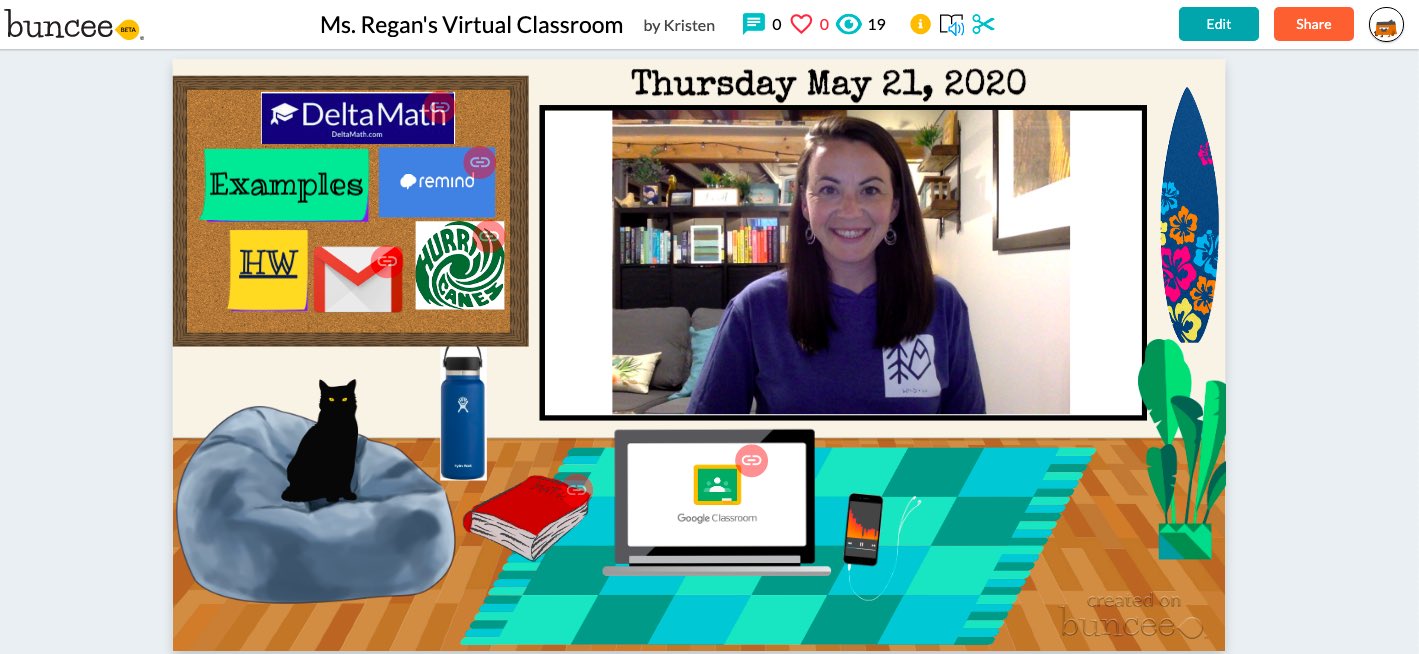


 .
.




